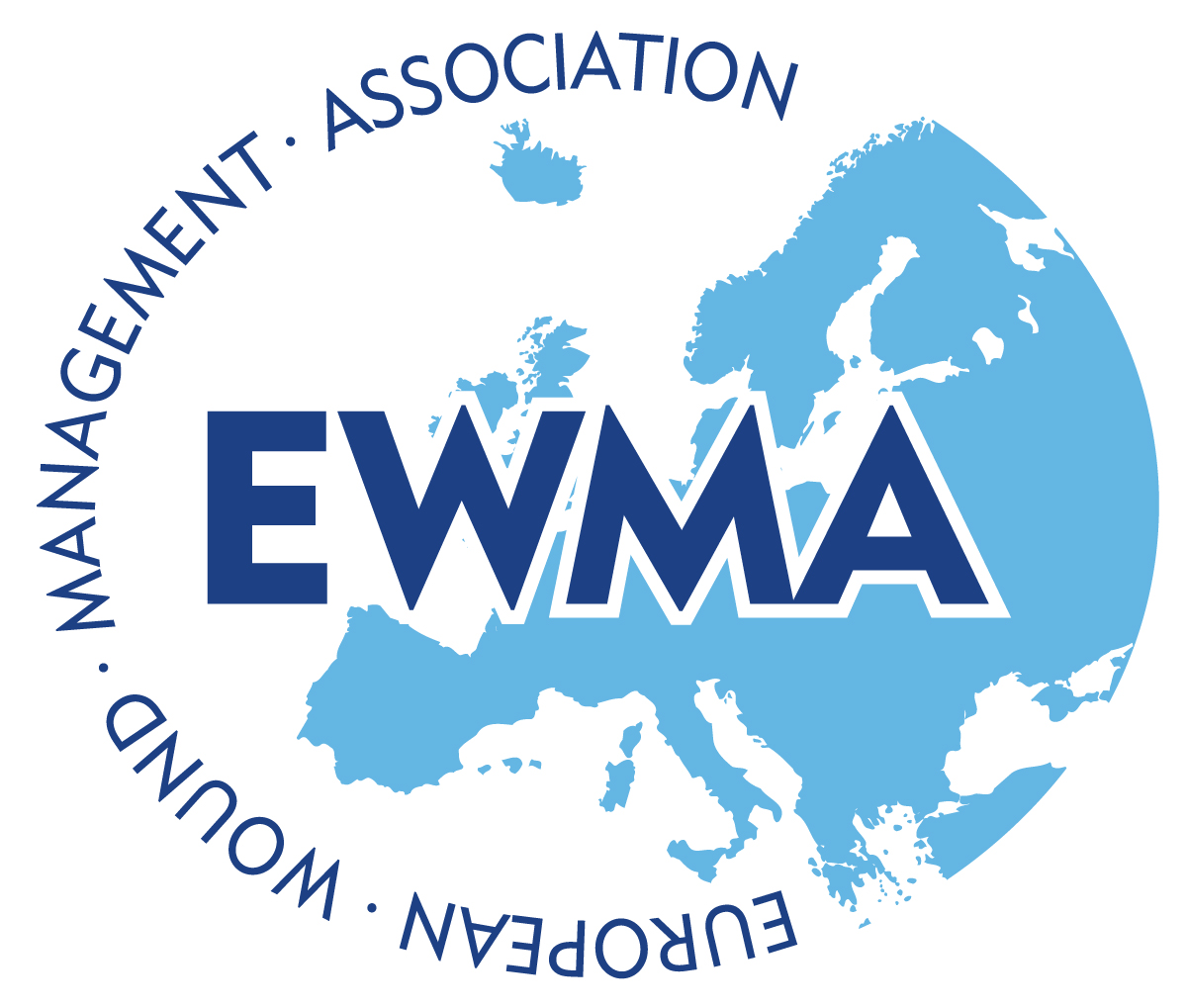Wound Healing from the Sidelines The Role of the Periwound
When fans take the stands and players take the field at sporting events, the focus tends to be on the pitcher, the quarterback or the goalie. A win or a loss begins with these positions. The arena for wound treatment is not very different. The eyes of the care providers tend to go direct to the center of the wound, the wound bed. But the action on the periwound or the wound sidelines can make a difference in how rapidly the patient may heal.
The periwound offers key information crucial to overall wound healing. Following these recommendations can make the wound care team take home a win.
Maintaining the moisture balance of the periwound is essential to wound contraction and epithelialization. If the skin around the wound is too wet, the epithelium cannot crawl across the wound bed and the wound cannot contract appropriately.
Heavy moisture is an indicator of other issues such as venous insufficiency in a leg wound, an unaddressed bioburden causing heavy exudate, systemic fluid overload, or a primary dressing that is perhaps creating an inappropriate moisture balance for the wound.
Once adequate arterial flow to lower extremities is confirmed, compression can be utilized to help with edema to periwound skin. A liquid adhesive can be applied to protect the periwound skin and will control maceration. Removal of the callus ring enables visualization of the real periwound and minimizes pressure, and using a dressing with more moisture helps wounds that are dryer.
Bioburden is a factor in any wound healing, particularly in the perineal areas or the feet. A foul odor from the wound is a hint of a bioburden. Sharp debridement and physically breaking the biofilm then dressing the wound with an antimicrobial dressing can help optimize wound healing after the biofilm is broken.
If bioburden has been ruled out and the periwound is red, other factors are at play. Offloading pressure and reducing friction even when it is not the primary etiology can help.
Necrotic tissue in the periwound or wound bed that is resistant to treatment may indicate cancer or autoimmune disease. Though rare, these should not be discounted. A biopsy can provide answers.
Necrosis also can be caused by arterial insufficiency from large or small vessel disease. A toe brachial index in addition to an ankle brachial index can reveal the problem and potential for healing. Particularly with foot wounds, small vessel disease requires a lower level of negative wound pressure therapy so there is no clamping of the periwound small vessels.
Edema is another consideration. Localized edema treatment is more effective once the patient is euvolemic. With lymphedema, specialists are required to assure the proper treatment.
Crunchy sounds caused when there is gas under the skin is called crepitus, and it is an emergent condition. It can indicate gas gangrene, requiring systematic antimicrobial therapy and possibly surgery. Fluctuance, or sensation of a pocket of fluid trapped in the tissues in either the periwound or under the wound itself, with or without erythema, may require surgical intervention.
Epibole Is when the periwound curls in. In a healthy periwound, epithelial cells should be observed as moving across the wound bed. If they have stopped or the periwound is curled in, something is preventing normal contraction and epithelialization from happening. Scraping the curled area with a curette and then treating with an advanced dressing and an antimicrobial component will disrupt the potential biofilm as well as help correct the defect.
Like other players on a sports team, the periwound may not be the central attraction. But what it does and how it plays impacts the healing of a wound as much as the other players impact the outcome of the game. The periwound needs to be evaluated with the wound bed, treated at different stages of healing, and supported as it plays its crucial role in the wound healing challenge.
###


